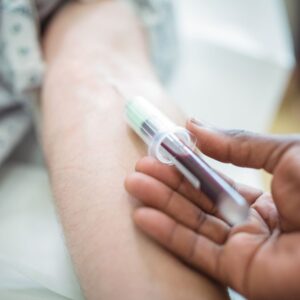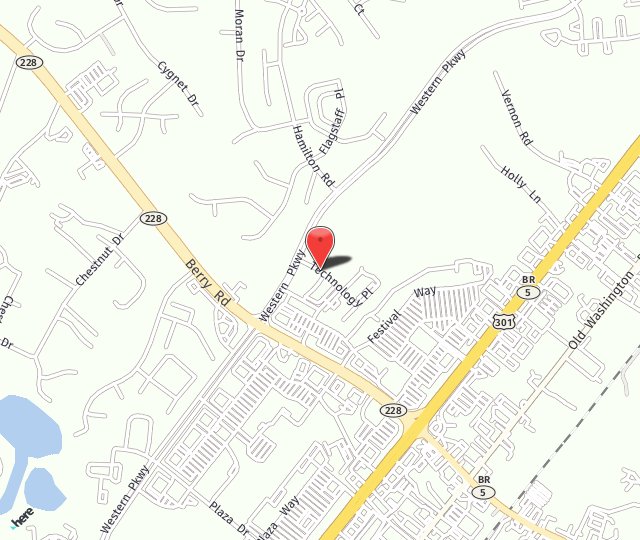
There are four types of dialysis access. These include:
- Arteriovenous (AV)
- Fistula Arteriovenous (AV)
- Graft Central Venous Catheter (CVC)
- Peritoneal Dialysis (PD) Access
An arteriovenous (AV) fistula, a preferred option for hemodialysis, is often placed in the patient’s non-dominant arm. To create the fistula, the surgeon connects a vein to an artery. This increases blood flow in the vein, causing it to enlarge. The enlarged vein can more easily accept the needles that are used during hemodialysis. The increased volume and pressure of blood moving through the vein also helps support the flow of blood through the dialysis system and back to the body. In this method of dialysis, two needles are placed into the arm. Tubing connects the needles to the dialysis system. Blood moves through one needle to the dialysis system and is returned to the body through the other. For the arteriovenous fistula to operate, it requires months of healing after insertion. This is an important point to consider when dialysis needs to begin.
An arteriovenous (AV) graft may need to be created for some patients. This option may be necessary if the veins cannot naturally support an AV fistula. This may happen because the veins are naturally small or because sclerosis has occurred. The AV graft is a suitable alternative that works similarly to the AV fistula. The graft is made using a flexible biocompatible tubing that connects the vein and artery. During dialysis treatments, needles are connected to the graft tubing rather than directly to the vein and artery. Once needles are connected, hemodialysis occurs normally. While the AV graft is ready for use more quickly than an AV fistula, there is a higher risk of clotting and infection due to the presence of artificial tubing under the skin.
A Central Venous Catheter is typically used as temporary access for hemodialysis. This dialysis access includes the placement of the tip of the catheter into a large vein in the upper chest or neck. Through the large vein, the tip of the catheter is progressed to the upper right chamber of the heart. The other end of the catheter sits outside the skin. It has two plastic “limbs” that remove blood from the body and return it after filtration through the dialysis machine. The CVC access is essential in some cases but is not a preferred method of access due to the increased risk of clotting and infection. To manage these risks, patients must cover the catheter exit site to bathe.
Peritoneal Dialysis (PD) access is a different approach to dialysis. This method utilizes the inner lining of the abdominal cavity to filter blood inside your body rather than externally through a dialyzer. A vascular specialist inserts the PD catheter into the abdominal cavity, and it is ready for use in 3 to 4 weeks. During dialysis treatment using peritoneal access, the abdomen is filled with a solution and, when all of the solution has emptied from its bag, the PD catheter is capped. The benefit of this method is that the patient can move around with the solution in the abdominal cavity. As the patient goes about their normal activities, the solution is working to absorb excess fluid and wastes from the blood. While the patient may move around during this process, they need to follow up a few hours after the insertion of the fluid so the solution, with its wastes and excess fluid, can be drained through the catheter. Due to the risk of infection, it is essential to keep the PD catheter exit point very clean.
Needing dialysis means having to make important decisions beforehand. If you are diagnosed with kidney disease, begin the conversation about dialysis before you need to. If you have questions about our dialysis access services, contact our vascular center in Waldorf, MD at (301) 374-8540.

